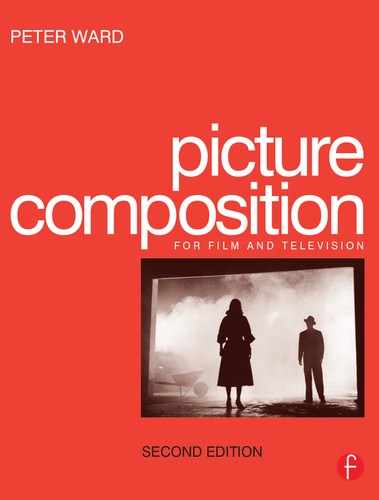Contents
The creation of ‘invisible’ technique
Standard camerwork conventions
Why people dislike the rejection of standard conventions
Definition of alternative conventions
3 The lens, the eye and perception
How do we understand what we are looking at?
Depth indicators and their relationship to the lens
The structural skeleton of a shot
Horizon line and camera height as a compositional device
Controlling space with choice of lens angle/camera distance
Production style and lens angle
Frame – an invisible focus of power
Limited depth and perspective indicators
The edge of frame as a reference
The shape of the screen and composition
The invention of a world format standard
The need for a universal video format
A reasonable compromise between competing aspect ratios
Widescreen – the shape of a banknote
Summary of film and television formats mentioned
8 Widescreen composition and film
Finding ways to compose for the new shape
Selling off the redundant format
9 Widescreen composition and TV
Inserting 4:3 material into a 16:9 production
Endnote, or in a different aspect ratio, NDNOT
Technology as an aid to ‘realism'
Engaging the attention of the audience
Multi-camera live television conventions
The introduction of the zoom and television picture composition
Summary of the history of style
Controlled lighting and composition
Any two from cheap, good or fast – but not all three
Expressing an idea through an image
Staging people and staging action
Accentuating the effect of camera movement
Telling a story – fact and fiction
News – unscripted shot structure
Recap on basic advice for shooting for editing
